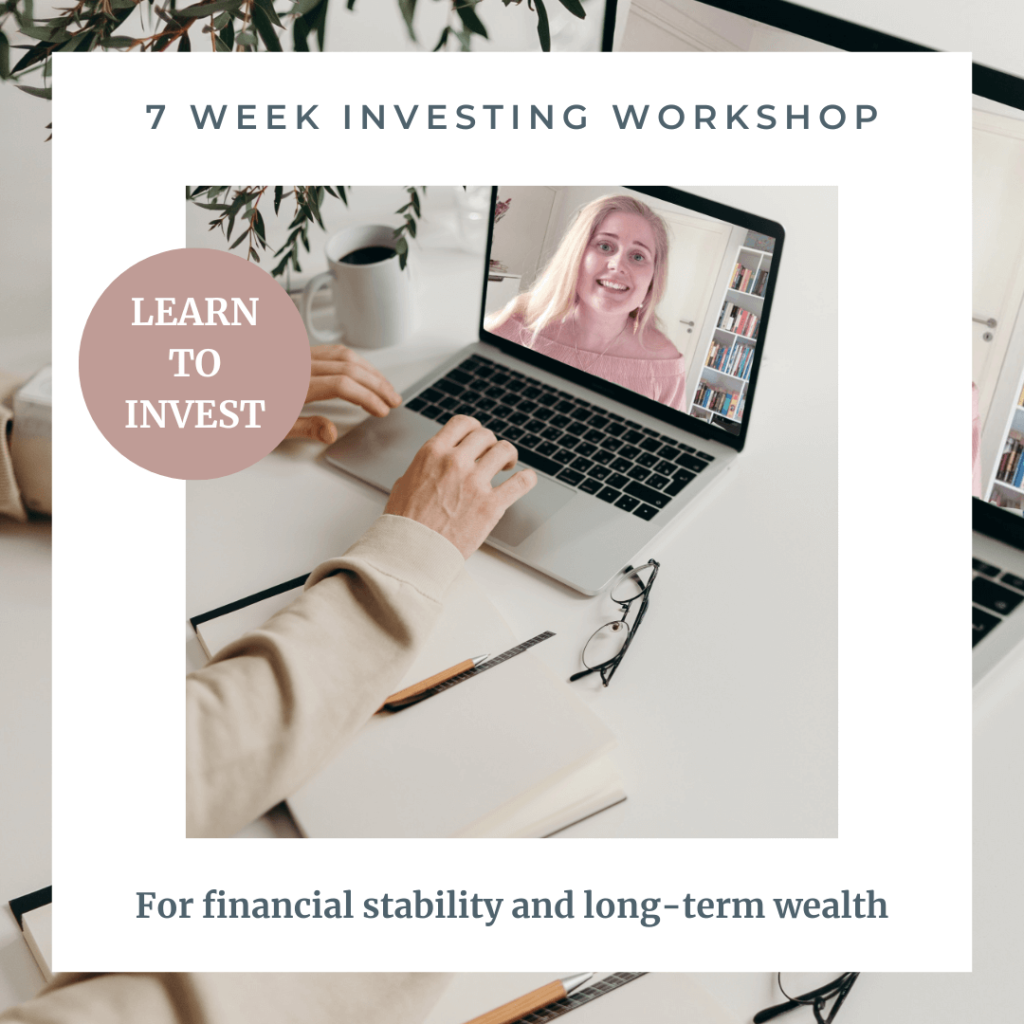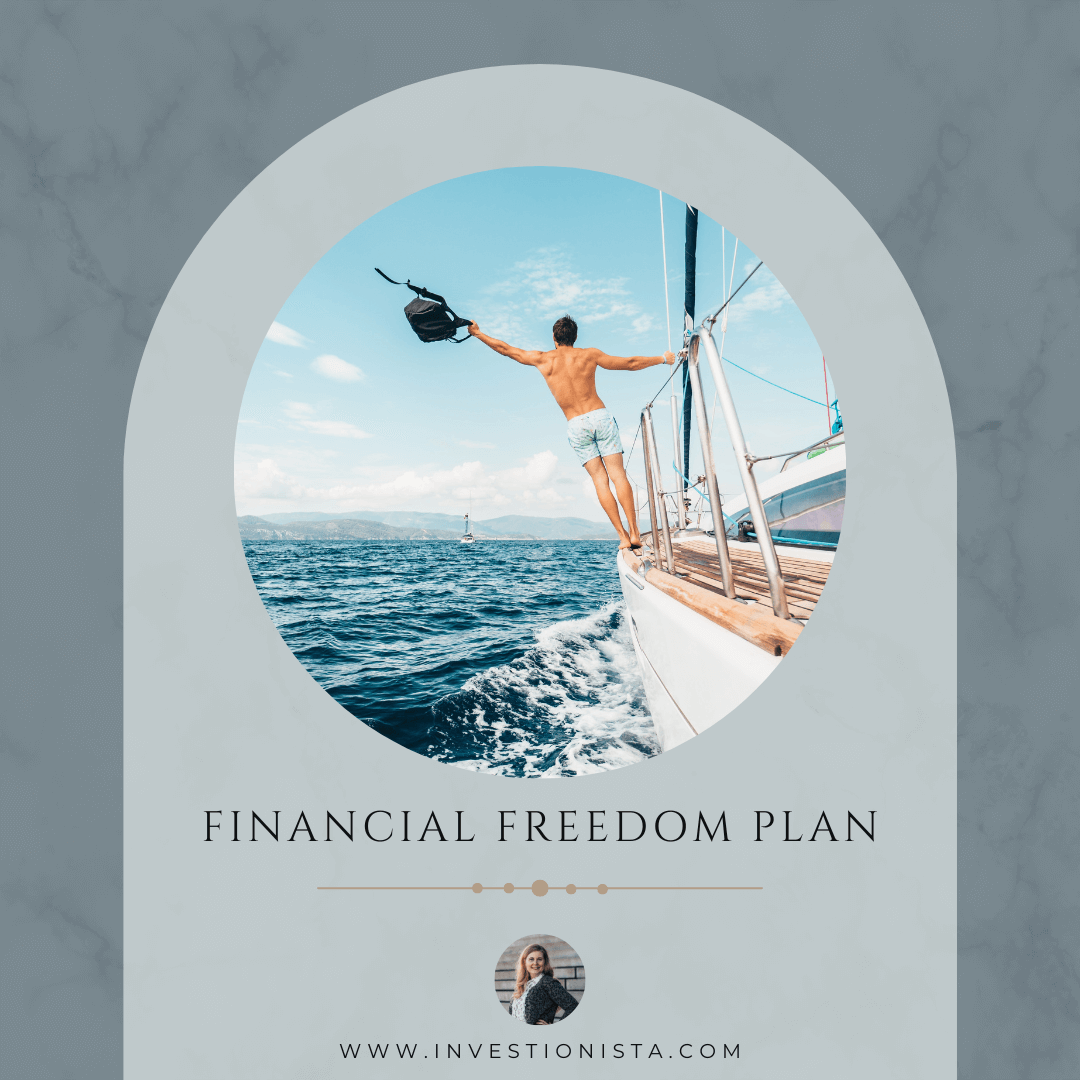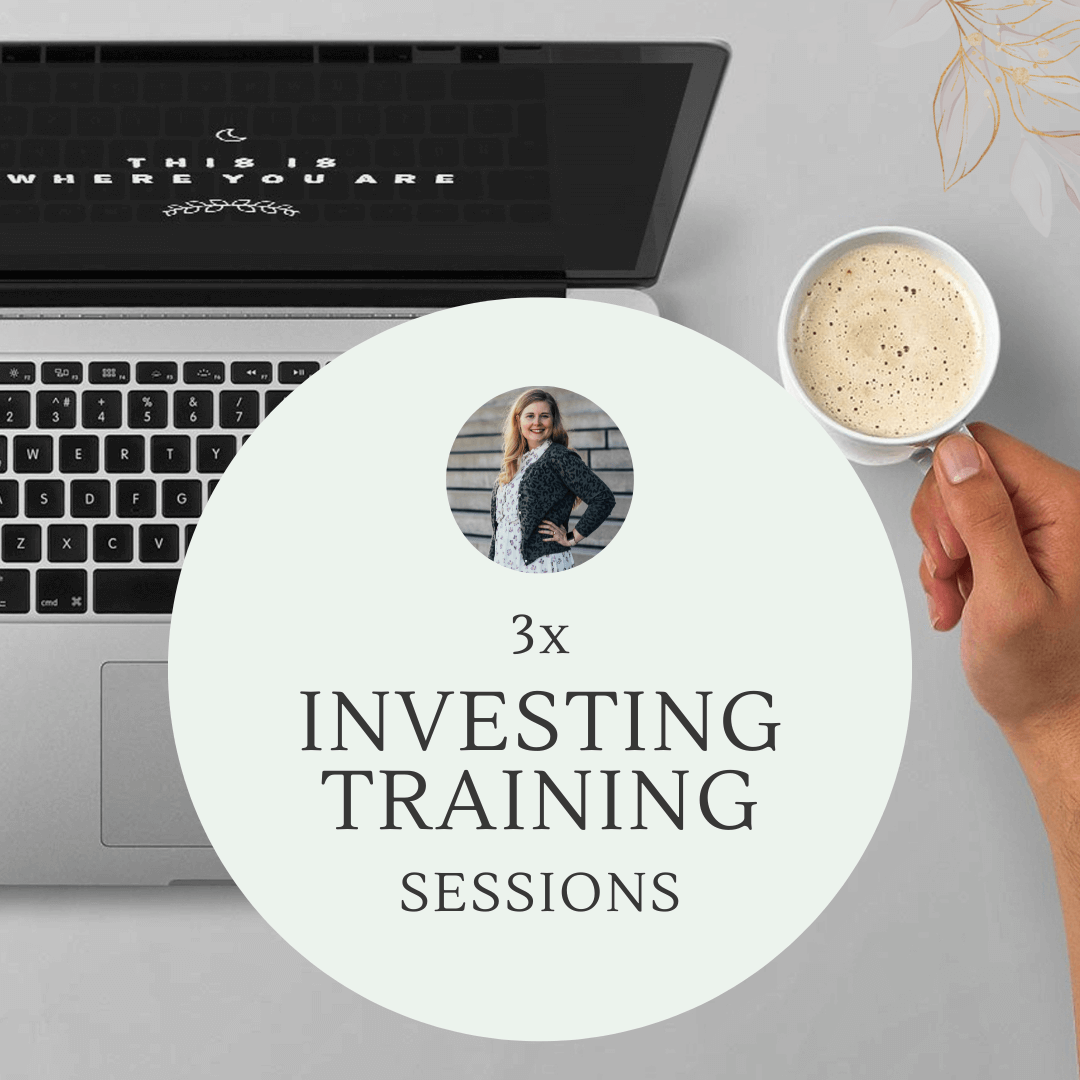“Cash is trash” is one of those statements, that is being thrown around on the internet, and the proclamation came up in the 2023 Annual Meeting hosted by Warren Buffett. And though the topic was about the American Federal Reserve’s balance sheet, I’ve decided to spin-off a topic that focuses on 3 important things that you need cash for. (If you want to dive into the topic about the Fed’s balance sheet, please check out this video on YouTube and fast forward circa four hours to 04:49-ish).
Let’s get back to the topic of cash. Cash today is primarily purely floating in the digital space, and these are scenarios where “cash is king”:
1) You need cash for an emergency fund.
I always encourage mentees in my 1:1-sessions to start saving money for a rainy day before they start investing. An emergency fund is a savings account where you set aside money that you only use in case of… you’ve got it right: an emergency. For example, losing your job, needing to get the car repaired or – like we’re doing here at our house these days: replacing the banister on our rooftop terrace.
It’s important to regularly put money into this savings account and you can setup an automated monthly transfer from your main account to the emergency fund or manually transfer a larger amount occasionally (my preference). You know yourself best.
How much money you save in in an emergency fund varies but a rule of thumb is 3-6 month to cover expenses depending on your circumstances and if you have responsibilities like kids.
Let me break it further down, how you find out how much you need: Start by looking at your expenses (necessities only). Mortgage or rent, insurances, cell phone bill, transportation and find out what you would spend on groceries if you lost your job which is likely a lower amount than if you have a job.
Tickets to the movies, travel expenses and take-out are not necessities (sorryyy). The exercise here is to find out what amount you need in order to get by. The easiest way to find your monthly expenses is to download or print out your bank statements and start adding the numbers.
I’ve included a “cheat sheet” where you can calculate how much you need in your Emergency Fund.
2) You need cash for your investing account.
Because without cash, no investments. To get an investing account you’ll need to open an account with a broker. In some countries the banks offer investing accounts.
The way to choose which broker to go with is by looking at the fees, user friendliness of the platform for beginners and other factors. Through my 1-1 sessions, I’ve had the pleasure to guide people with finding the best solution for them because many experience that it’s difficult to overcome this hurdle.
The best way to ensure to consistently transfer cash into the investing account is by setting up an automated transfer from your bank account to the brokerage account. Not that you necessarily need to invest the money right away – that depends on your strategy, but the first step to create the account and set up an automated money transfer.
3) Spending your cash.
Of course, you need cash for shopping and general spending, but make sure that you spend less than you earn! Surprisingly, many aren’t aware of their monthly spending patterns and some tend to spend more than they earn and slowly accumulate debt. In my 20’s that’s how I lived my life, and it wasn’t easy to change the pattern but one step at a time I did it.
Back then I took drastic measures in use and cut my credit cards in half. I took out cash every month and put it in an envelope, and I knew each week what I could spend. Once I trusted myself – and had a better understanding of money – I brought the credit cards back. When I go in, I go all in and you might not want to undergo the same bootcamp as I did, so another way to go is to look at your bank statement (yes, that one again) and review your expenses. Or download an app that can help you keep track.
The purpose of downloading an app or reviewing the bank statement is to categorize your spending. You can color code each expense – necessities, clothing, take-out/restaurants, books, donations etc. Then decide which categories needs to be cut. Many starts with not buying expensive take-out café lattes but instead make a delicious homemade brew.




0 Comments